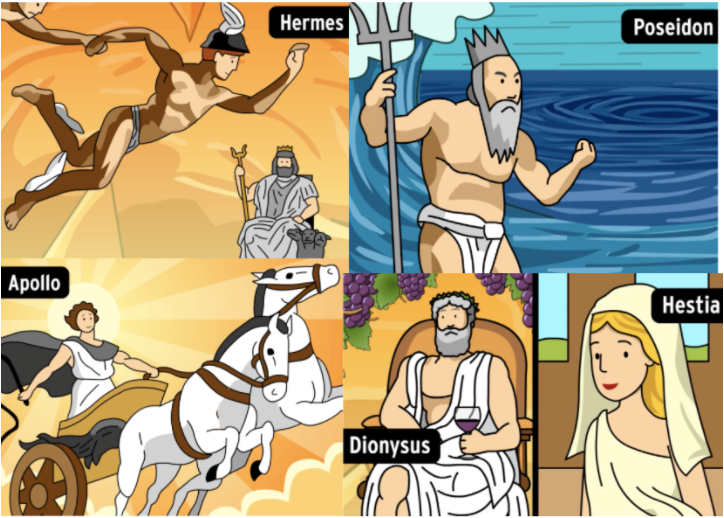Grade: 03
CCSS.ELA-Literacy.RI.3.1
Ask and answer questions to demonstrate understanding of a text, referring explicitly to the text as the basis for the answers.
Grade: 03
CCSS.ELA-Literacy.RI.3.2
Determine the main idea of a text; recount the key details and explain how they support the main idea.
Grade: 03
CCSS.ELA-Literacy.RI.3.4
Determine the meaning of general academic and domain-specific words and phrases in a text relevant to a grade 3 topic or subject area.
Grade: 03
CCSS.ELA-Literacy.RI.3.7
Use information gained from illustrations (e.g., maps, photographs) and the words in a text to demonstrate understanding of the text (e.g., where, when, why, and how key events occur).
Grade: 04
CCSS.ELA-Literacy.RI.4.1
Refer to details and examples in a text when explaining what the text says explicitly and when drawing inferences from the text.
Grade: 04
CCSS.ELA-Literacy.RI.4.2
Determine the main idea of a text and explain how it is supported by key details; summarize the text.
Grade: 04
CCSS.ELA-Literacy.RI.4.4
Determine the meaning of general academic and domain-specific words or phrases in a text relevant to a grade 4 topic or subject area.
Grade: 04
CCSS.ELA-Literacy.RI.4.7
Interpret information presented visually, orally, or quantitatively (e.g., in charts, graphs, diagrams, time lines, animations, or interactive elements on Web pages) and explain how the information contributes to an understanding of the text in which it appears.
Grade: 05
CCSS.ELA-Literacy.RI.5.1
Quote accurately from a text when explaining what the text says explicitly and when drawing inferences from the text.
Grade: 05
CCSS.ELA-Literacy.RI.5.2
Determine two or more main ideas of a text and explain how they are supported by key details; summarize the text.
Grade: 05
CCSS.ELA-Literacy.RI.5.4
Determine the meaning of general academic and domain-specific words and phrases in a text relevant to a grade 5 topic or subject area.
Grade: 05
CCSS.ELA-Literacy.RI.5.7
Draw on information from multiple print or digital sources, demonstrating the ability to locate an answer to a question quickly or to solve a problem efficiently.
Grade: 06
CCSS.ELA-Literacy.RI.6.1
Cite textual evidence to support analysis of what the text says explicitly as well as inferences drawn from the text.
Grade: 06
CCSS.ELA-Literacy.RI.6.2
Determine a central idea of a text and how it is conveyed through particular details; provide a summary of the text distinct from personal opinions or judgments.
Grade: 06
CCSS.ELA-Literacy.RI.6.7
Integrate information presented in different media or formats (e.g., visually, quantitatively) as well as in words to develop a coherent understanding of a topic or issue.
Grade: 07
CCSS.ELA-Literacy.RI.7.1
Cite several pieces of textual evidence to support analysis of what the text says explicitly as well as inferences drawn from the text.
Grade: 07
CCSS.ELA-Literacy.RI.7.2
Determine two or more central ideas in a text and analyze their development over the course of the text; provide an objective summary of the text.
Grade: 07
CCSS.ELA-Literacy.RI.7.7
Compare and contrast a text to an audio, video, or multimedia version of the text, analyzing each medium’s portrayal of the subject (e.g., how the delivery of a speech affects the impact of the words).
Grade: 08
CCSS.ELA-Literacy.RI.8.1
Cite the textual evidence that most strongly supports an analysis of what the text says explicitly as well as inferences drawn from the text.
Grade: 08
CCSS.ELA-Literacy.RI.8.2
Determine a central idea of a text and analyze its development over the course of the text, including its relationship to supporting ideas; provide an objective summary of the text.
Grade: 08
CCSS.ELA-Literacy.RI.8.7
Evaluate the advantages and disadvantages of using different mediums (e.g., print or digital text, video, multimedia) to present a particular topic or idea.
Grade: 06
CCSS.ELA-Literacy.RL.6.6
Explain how an author develops the point of view of the narrator or speaker in a text.
Grade: 07
CCSS.ELA-Literacy.RL.7.6
Analyze how an author develops and contrasts the points of view of different characters or narrators in a text.
Grade: 08
CCSS.ELA-Literacy.RL.8.6
Analyze how differences in the points of view of the characters and the audience or reader (e.g., created through the use of dramatic irony) create such effects as suspense or humor.












